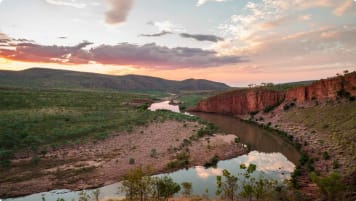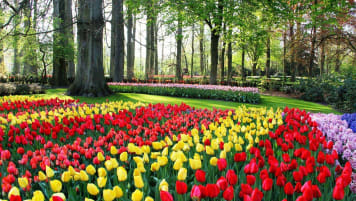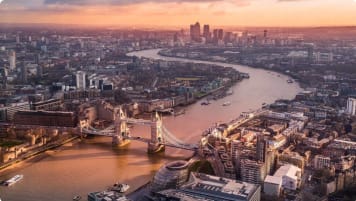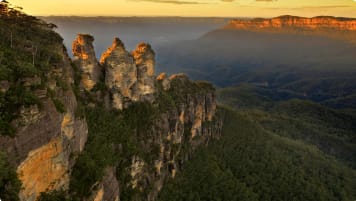Houses and Gardens of the Blue Mountains small group tour
Spend a week in the Blue Mountains outside Sydney attending this summer school course exploring the historic homes and gardens of the region over a week. For mature and senior travellers. This small group tour visits 13 very different homes and gardens.
From A$4,350AUD
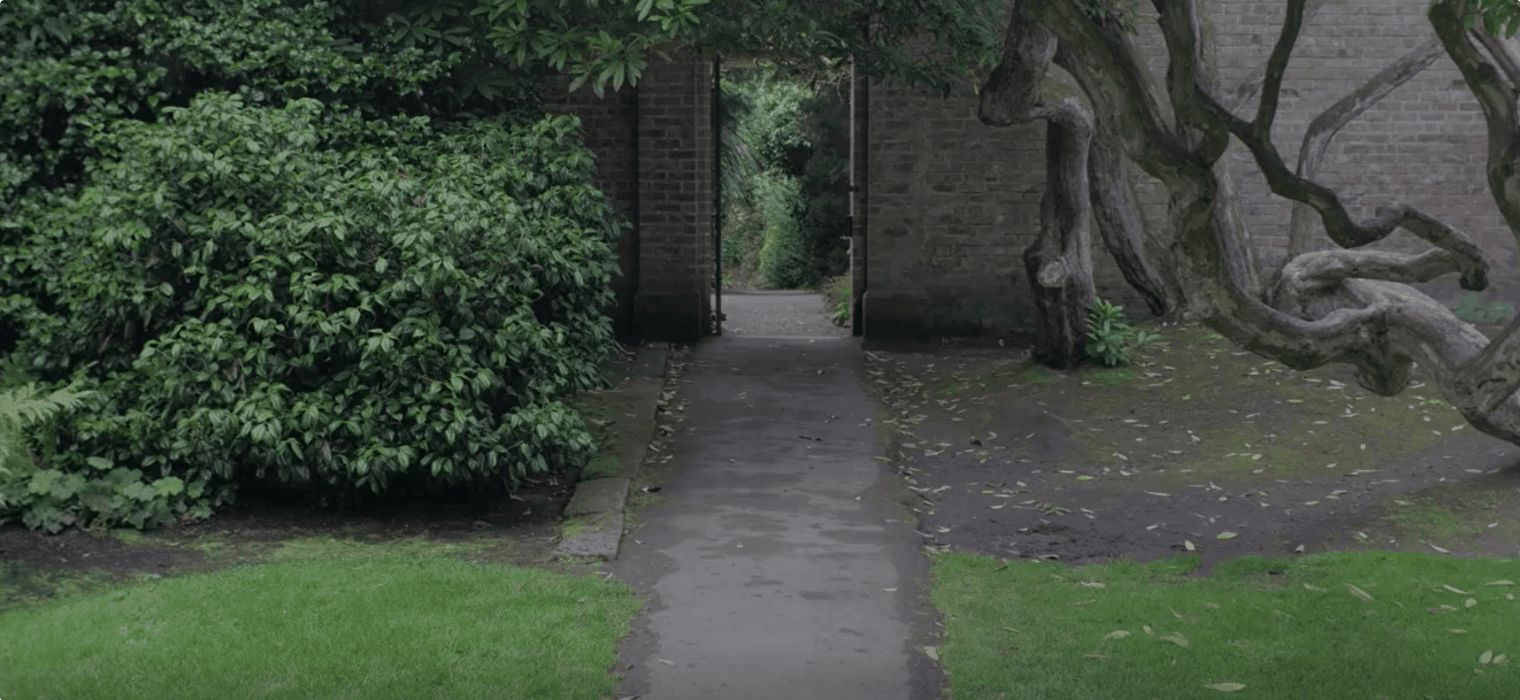
Highlights
- 1. Travel to Oberon to visit the contemporary Mayfield gardens of the Hawkins family.
- 2. Visit a selection of gardens in Mount Wilson.
- 3. Tour the Blue Mountains Botanical gardens in Mount Tomah.
- 4. Visit the controversial home and gardens of Norman Lindsey.
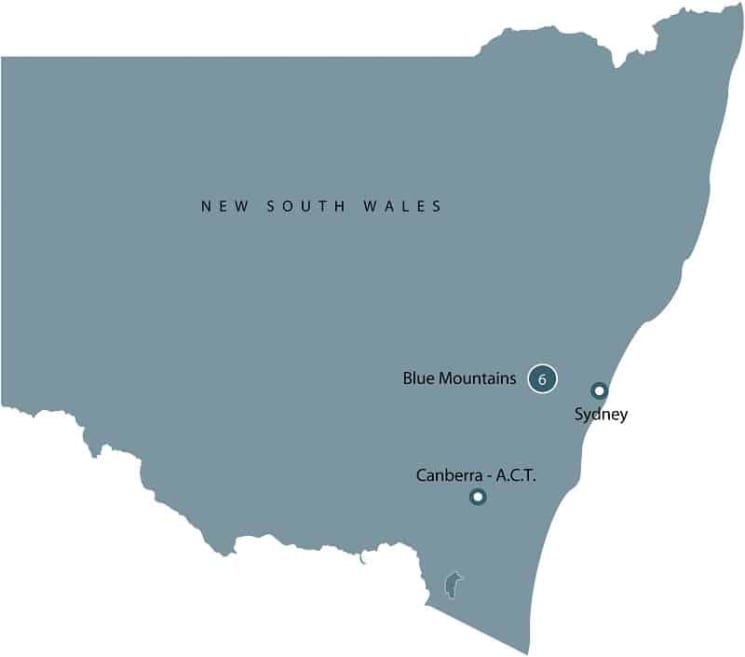
Departure Dates
| Departure Date | Price |
|---|---|
| 14 January 2024 Ends 20 January 2024 • 7 days A$4,350 Twin A$5,120 Single Available | Selected |
Houses and Gardens of the Blue Mountains small group tour
For this small group Blue Mountains tour of Houses and gardens is offered only during the annual Summer school program in January. Based in Leura (close to Katoomba) this small group tour which is a day trip collection over a week. The group travels out each day to see and learn about some of the Historic homes and gardens in the UNESCO World heritage Blue Mountains region and beyond in Bathurst and Oberon often with a picnic lunch.
Over the course of the Week this guided tour for mature and senior travellers will visit some 13 houses and gardens throughout the National park and beyond. Each day trip is a collection of homes and gardens in close proximity with specific themes or interest. The group see some of the beautiful hidden places in NSW as well as some of the more popular great places to visit in NSW. Ranging from the contemporary Mayflower gardens in Oberon to the National Trust properties in Paramatta. Or the controversial art in the house and garden of Norman Lindsay at Faulconbridge within the Blue Mountain region. This is a great program to spend time out of Sydney with a small group of like minded travellers exploring the Blue Mountains region. The Blue Mountains tour is limited to 12 people each week based in Leura village.
Each day after breakfast the group will travel to visit 2-3 homes and gardens throughout the Blue mountain and surrounding areas accompanied by a program leader and supported with a local guide in the places visited for some interesting guided tour days across this part of New South Wales. Not only is there history to enjoy but the unique environment of the Blue mountains region with the pristine bushland of the temperate rainforest setting out spectacular views across each valley framed by Sandstone cliffs make a blue mountain tour something to enjoy. Spectacular lookouts as well as the Australian wildlife set the scene for the trips through the Blue Mountain region.
Early booking for this program is recommended.
Odyssey Traveller requires its nominated suppliers and all places visited to be Covid-19 Safe businesses.
Summer School classes for mature and senior travellers
Odyssey offers a collection of week-long learning programs offered each January typically in Hobart, Tasmania. This year the program is temporarily re-locating to the Blue Mountains of NSW. Courses are refreshed for each year's programs. Odyssey's small group Blue Mountains tour are limited to 12 people.
Over the last twenty-five years, Odyssey's small group Summer School Program has given countless travellers an unforgettable educational and travel experience. Each summer, we prepare and offer fun and challenging special interest courses and programs designed to give travellers the options and opportunity to learn about history, religion, Australian culture, and the arts, among many other topics. These courses are designed in such a way that enthusiasts can deepen their knowledge of a particular topic or be initiated into new understandings on a subject.
We don't quite live on campus, but we will be staying in a very comfortable hotel in Leura. We will enjoy welcome and farewell dinners in between our seminars, as well as daily morning tea and often a picnic lunch is included on some of the day trip programs.
These programs offered are tailor-made for mature-aged and senior travellers who are eager to explore in-depth a particular topic. Summer school learning programs for mature and senior travellers who are and remain curious about the world. Read more about our philosophy of the Odyssey Summer Schools.
Itinerary
7 days
Day 1: Leura
Accommodation: Fairmont Hotel or similar
The Summer school program begins with a welcome reception and dinner.
Day 2: Leura
Accommodation: Fairmont Hotel or similar
We start our day with a self guided tour of Leuralla House and gardens, home of NSW Toy & Rail Museum. The house is one of the oldest heritage listed homes in the Blue Mountains, the house design was influenced by the world famous American architect Frank Loyd Wright. The house is set within 12 acres of temperate gardens, with Paul Sorenson playing a major role in its creation. The garden is one of the earliest and largest gardens in the mountains.
We carry on to Oberon to visit Mayfield Gardens. Mayfield was established in 1984, initially as a sheep farm. The heart of the property has been gradually transformed from bare paddocks into one of the largest, privately owned cool climate gardens in the world. It has been inspired by the magnificent gardens of Europe.
Mayfield Gardens is owned by the Hawkins family, Mayfield Garden and The Hawkins’ Family Garden, together, cover more than 64 hectares (160 acres).
We return back to Leura village in the afternoon.
Day 3: Leura
Accommodation: Fairmont Hotel or similar
Today we travel down through the temperate rainforest to Mt Tomah and Bilpin.
We start by visiting the the Blue Mountains Botanic Garden which has included 186 hectares of sandstone woodland and gullies to be maintained as a conservation area. The Blue Mountains Botanic Garden, Mount Tomah, includes part of the original “Jungle” providing the visitor from Sydney and elsewhere as well as future generations an opportunity to experience and understand the stunning Blue Mountain temperate rainforest.
We stop for lunch at a local café and then make our way to Bilpin for two garden visits.
Our first stop this afternoon is Woodgreen Garden, owned by Peta and Peter Trahar since 1986 and has been intensively planted ever since. Peta has a love for collecting plants and here we will see an incredible variety of plants and flowers.
The next garden visit is just a few minutes away, at Kookaburra Garden which in contrast to Woodgreen is set in an expansive 10 acres, this mature cold climate garden and parklands featuring large open areas as well a traditional Japanese Garden, an orchard and a lovely Persimmon walk. There’s also a bush land section of the garden was affected by the 2019/20 bush fires and after a lot of work clearing the land and removing debris, the area is reviving with tree ferns and natives regenerating near the waterfall and lovely creek.
We return to the hotel in the late afternoon. This evening there is time again to explore the Leura Village or Katoomba should your wish.
Day 4: Leura
Accommodation: Fairmont Hotel or similar
Today the group travels to the historic village of Mt Wilson to visit the some of the beautiful gardens there.
Windyridge Gardens
Voted as one of Australia’s most beautiful gardens, this privately owned garden exhibits an extensive range of cool climate plants including but not limited to; Japanese Maples, camellias, azaleas, hydraeangers and much more. Some of the features we’ll see are Paterre Garden (formal European style garden), various outdoor artworks, a waterfall and rainforest, the White and the Blue gardens.
We’ll enjoy a picnic while there before we continue to our next visit.
Yengo Sculpture Garden
The garden was first purchased by Jesse Gregson in 1877 and was was laid out with the assistance of the Director of the Sydney Botanic Gardens, Charles Moore and the Govt Botanist J H Maiden. Yengo is an alpine garden with 144yr old trees (in 2021) such as sequoia, cedar of Lebanon and Spanish cork. Here we will see many by sculptures created by English sculptors Judith Holmes Drewry and Lloyd le Blanc, which have been collected over the years.
Bebeah Gardens
The garden was built in 1880 by Edward Cox and is one of the original large garden estates of Mt Wilson. The name ‘Bebeah’ is believed to be an Aboriginal word meaning ‘a place where stone axes are found’.
The garden covers over 12 acres and has been completely rejuvenated, restored and reshaped under the caring hand of Barry Byrne, the current owner for the last nineteen years, into an important and rare Australian example of a formal country garden estate of imposing scale and a grand sense of design.
If time permits, we’ll visit one more garden:
Nooroo Garden
The garden was built and planted in 1880 by William Hay and the original plantings include English oaks, chestnuts, ash and cedars which are underplanted with thousands of bulbs including, bluebells, daffodils and crocus. There’s a great variety of specialist plant collections showcases the beauty and spectacle of plant and flower species from around the world as well as Australian native plants.
Later in the afternoon, we’ll return to Leura.
Day 5: Leura
Accommodation: Fairmont Hotel or similar
Today we travel to Bathrust to explore the city and visit Abercrombie House.
Abercrombie House was built in Bathurst, New South Wales, Australia in the 1870s by the Stewart family who were Bathurst pioneers. William Stewart came to Australia from England in 1825 as part of the colonisation of the penal colony. The 18 hectares property is now the private home of the Morgan Family. We will enjoy a self-guided tour and lunch. On our tour we’ll explore this amazing 50-room Scottish-baronial home and gardens.
After lunch we’ll make our way to Bathurst, Australia’s oldest inland colonial settlement, thanks to the discovery of gold in the region during the early 1850s. Here we take a moment to walk around and admire the heritage-listed architecture around town.
On our way back we’ll stop at the magnificent Hydro Majestic hotel for a quick look and perhaps a coffee or tea while we take in the decor and details of this historic building.
Day 6: Leura
Accommodation: Fairmont Hotel or similar
This small group Blue Mountains tour today visits three National Trust properties close to Leura for a private tour. Each property adds character to the overall program.
The Woodford Academy is the oldest complex of colonial buildings in the Blue Mountains and is of state heritage significance. Built originally as an Inn in the 1830s, the property has had a multi-layered history, also operating over the years as a gentleman’s residence, guest house, boarding house and from 1907-1936 under the ownership of John McManamey as an exclusive school – Woodford Academy.
Norman Lindsey Gallery – Faulconbridge
The former Lindsay home in Faulconbridge has so many stories, and all of them weave into the rich fabric of Australian post-World War I identity, cultural heritage, art and literature and the story of the Blue Mountains. Never one to shy away from controversy, artist and author Norman Lindsay shared this beautiful sandstone home with his wife Rose and their children.
The house now showcases Norman Lindsay’s many paintings depicting Bohemianism and Arcadian pantheism, his sculptures can be found in the sprawling gardens that wrap around his former home. You will see sculptures, illustrations and see where the cheeky characters of the children’s classic, The Magic Pudding, were created.
Discover the stories of Lindsay’s scandalous rejection of Christianity – with his works deemed blasphemous and his novel, Redheap, banned in 1930.
Our final visit is a local house the Everglades Historic House & Gardens
The Moderne-style 1930s house is set amongst 5.2 hectares of gracefully designed gardens. From Everglades House & Gardens, you can enjoy sweeping views over Jamison Valley and to Mt Solitary.
Named ‘The Everglades’ by the original owner of the house, Georgina Stonier, in 1923 the architecture was complemented by its world-renowned gardens in the 1930s. Designed by Danish-born landscape gardener, Paul Sorensen, Everglades treats its visitors to the most spectacular example of inter-war period designed gardens in Australia.
At the conclusion of this day tour we return as a group to Leura Village in the early afternoon. There is a farwell group dinner this evening.
Day 7: Leura
The course will end after breakfast.
Tour Notes
- The order of visits may change due to individual venue opening hours and Covid-19 restrictions.
Includes / Excludes
What’s included in our Tour
- 6 nights in full en suite accommodation in Leura.
- 6 breakfasts, 3 lunches, and 2 dinners.
- Lectures and handouts as indicated.
- Services of a study leader and lecturers.
- Complimentary wifi.
What’s not included in our Tour
- Transport to and from Leura, Blue Mountains.
- Comprehensive travel insurance.
- Costs of a personal nature.
Participants must be able to carry their own luggage, climb and descend stairs, moderate walking on uneven surfaces between 3 - 5 kilometers per day. Suitable for most fitness levels
Book now
Make it a private tour
Easing your journey
Crossing international borders with restrictions
The list of requirements to travel internationally has changed and will continue to change for several years. Odyssey is here to assist you in managing your way through these requirements:
For more information see our Crossing international borders with restrictions page.
Book With Confidence
If less than 30 days before your tour starts you are unable to travel as a result of Government travel restrictions, Odyssey Traveller will assist you with a date change, provide you with a credit or process a refund for your booking less any non-recoverable costs.
See Terms and conditions for details.
Peace of Mind Travel
The safety of our travellers, tour leader, local guide and support staff has always been our top priority and with the new guidelines for public health and safety for keeping safe for destinations around the world, we’ve developed our plan to give you peace of mind when travelling with us.
See Peace of Mind Travel for details.
Reviews
The visit to Abercrombie House at Bathurst was a winner, as was the day at Mount Wilson (although 4 gardens in one day was one too many). The tour leader was flexible and made adjustments when locations were unexpectedly closed. She also asked our opinions on what to keep and what to leave out for next time. Appreciated the recognition. Thank you Kathryn. I really enjoyed the tour in no small way because you were knowledgeable, approachable, friendly, well organised. Ann M. Jan '21
I welcomed the regular updates during the Sydney hotspot issues and the immediate rescheduling. Tour guide - excellent, informative and friendly. Interesting, informative and friendly guides Rosemary S. Jan '21

